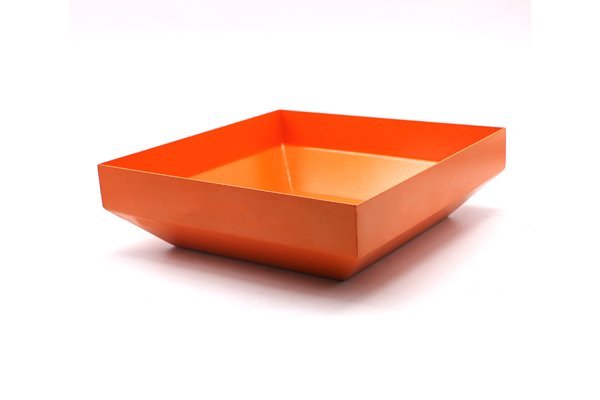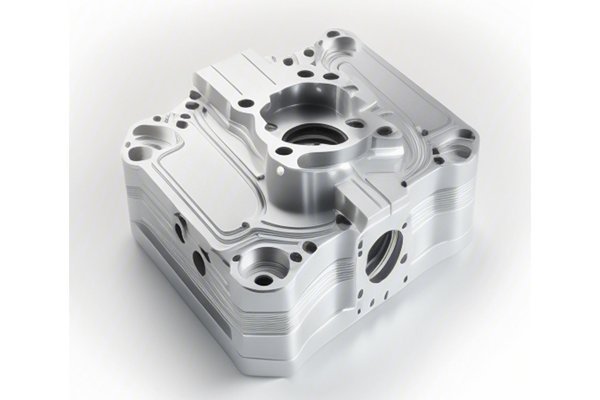—
Opening
Did you know that manufacturers can waste as much as 30% of their raw materials in machining processes? This shocking statistic isn’t just a dent in the bottom line; it has broader implications for environmental sustainability and operational efficiency. As industries increasingly face pressure to optimize processes and reduce waste, CNC (Computer Numerical Control) machining has emerged as a key player. This article explores practical strategies to minimize waste in CNC machining while maximizing process efficiency, ensuring you remain competitive in the ever-evolving manufacturing landscape.
—
Understanding CNC Machining and Its Challenges
CNC machining plays a crucial role in modern manufacturing by automating the process of shaping materials with precision. From aerospace components to intricate medical devices, CNC machinery can deliver unparalleled accuracy, outfitting industries with products that meet stringent tolerances. However, the challenge remains: how to achieve this precision without incurring excessive waste.
The Main Sources of Waste in CNC Machining
—
Strategies for Reducing Waste
Investing in advanced CNC software can dramatically reduce waste. Technologies such as CAD (Computer-Aided Design) and CAM (Computer-Aided Manufacturing) allow for more precise planning of machining operations, optimizing tool paths to minimize off-cuts and scrap. Using simulation software can identify potential pitfalls in the machining process before the actual manufacturing begins, leading to informed adjustments.
One effective strategy for reducing waste involves diligent tool path optimization. By analyzing existing paths, manufacturers can reduce the distance and time the tool travels without losing accuracy. This not only cuts down on material waste but also increases machining speed.
Automated systems in CNC machining can enhance efficiency. For example, automatic tool changers (ATCs) can minimize downtime between operations. Robotic systems can assist in the rapid loading and unloading of parts, further expediting production while reducing the chance of human error.
Choosing the right materials is another area where waste can be minimized. Using high-quality materials that respond well to machining can reduce wear on tools, therefore lessening the incidence of resequencing and rework due to machining defects. Additionally, considering materials that can be remanufactured or recycled is crucial for sustainable operations.

Lean manufacturing emphasizes the elimination of waste across all facets of the production process. Techniques such as value stream mapping can help identify inefficiencies related to machining operations, allowing for targeted solutions that streamline workflows while enhancing productivity.
Regular maintenance schedules for CNC machinery will not only prolong the lifespan but also ensure that operations are running at peak efficiency. Routine tooling inspections can catch issues before they escalate, leading to symptoms of inefficiency. Well-maintained tools wear less and operate more effectively, which can translate into reduced material waste.
A well-trained workforce, knowledgeable about the latest techniques and technologies in CNC machining, is key to reducing waste. Continual training programs that keep the workforce updated can drive innovation, efficiency, and engagement.
Energy consumption in CNC machining can be thoroughly monitored and optimized. Implementing energy-efficient machines or retrofitting existing equipment with energy-saving features can lead to reduced operational costs and waste. Identifying the most energy-intensive processes allows manufacturers to develop strategies to cut consumption without degrading output quality.
—
Emerging Technologies for Enhanced Efficiency
The fabrication landscape is rapidly evolving, with emerging technologies driving significant changes in how CNC machining can be conducted.
Integrating additive manufacturing processes with CNC machining can minimize material waste. While traditional machining involves removing material, additive manufacturing builds parts layer-by-layer, potentially allowing manufacturers to leverage the strengths of both techniques for better outcomes.
The concept of a digital twin—creating a virtual model of a machine or process—enables manufacturers to simulate operations and refine processes before implementation. This predictive analytics technique can help mitigate potential inefficiencies and lower waste rates.
The Internet of Things (IoT) allows for real-time data collection from CNC machines. By analyzing this data, manufacturers can identify wasteful practices and optimize operational efficiencies through machine learning and AI applications. Real-time insights can inform adjustments in processes, reducing waste on the fly.
—
Balancing efficiency and waste reduction in CNC machining requires a multi-faceted approach that encompasses staff training, advanced technologies, lean manufacturing principles, and innovative strategies. By focusing on these core areas, manufacturers can significantly lower material waste, reduce energy consumption, and operate at higher productivity rates.
In today’s competitive landscape, implementing these strategies is no longer optional—it is essential for sustained growth and environmental stewardship. As the conversation around sustainability intensifies, adopting practices that reduce waste in CNC machining not only makes business sense but also aligns with global efforts to foster a more sustainable future. Considering these advancements is crucial for your operation’s longevity and relevance in a demanding market.
Reflect on the information presented in this blog, and remember: waste reduction isn’t merely about saving resources—it’s about embracing a culture of efficiency and excellence that benefits everyone involved.
—






